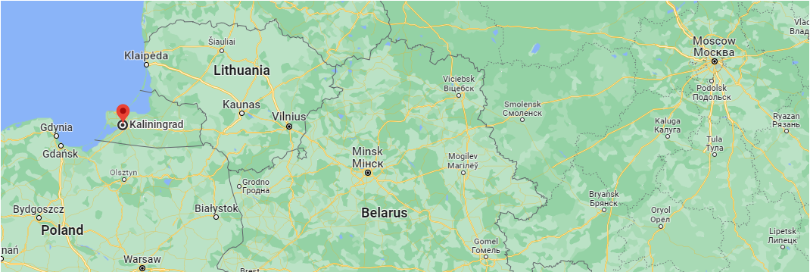Fur coat? Not in Israel
15-09-2024
The import of furs of wildlife into the State of Israel is under a strict supervision of the Nature and Parks Authority, which is department of the Israeli Ministry of Environmental Protection.
…
This is part of a larger issue of importing animals or parts of them, but in this article we will focus on the import of furs into Israel. It’s an interesting example, which we believe is not common elsewhere, due to a very specific piece of Israeli law. This law forbids importing wildlife fur, unless they meet the conditions of one of a very few exceptions. One of the key exceptions is fur for religious purposes. The Israeli Customs Authority, which is authorized to supervise imports, serves as the Nature Authority long arm to check the compliance of imports when a shipment containing animal fur arrives in Israel.
Omer Wagner
€

Comments ()
To post a comment you need to